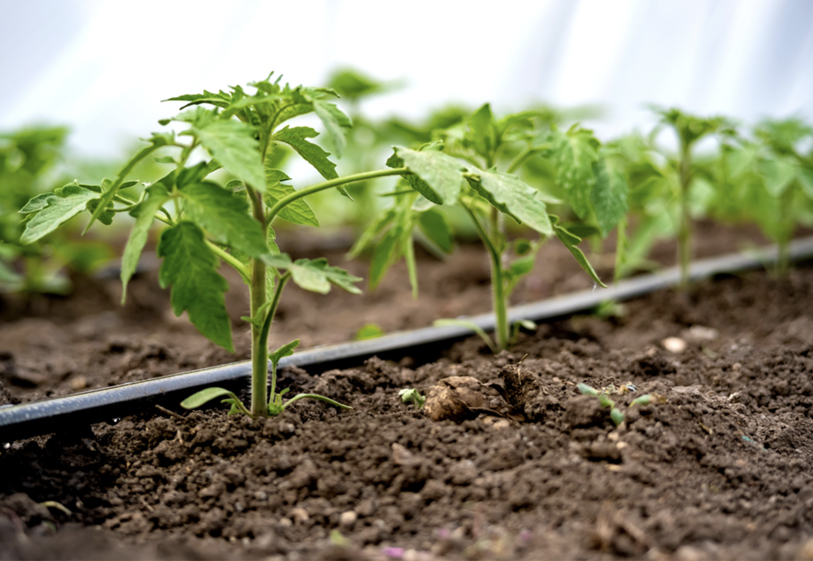
A hybrid inorganic–biological artificial photosynthesis system for energy-efficient food production
By adopting artificial photosynthesis, researchers at the Universities of Delaware and Riverside have discovered a means to produce food devoid of the requirement for biological photosynthesis.
The study, which was published in the journal Nature Food, employs a two-step electrocatalytic process to transform carbon dioxide, electricity, and water into acetate, which is the chemical form of vinegar's primary ingredient. Then, in the dark, organisms that produce food use acetate. This hybrid organic-inorganic system could boost the conversion efficiency of sunlight into food, up to 18 times more efficient for some foods, when combined with solar panels to create the electricity to fuel the electrocatalysis.
The study's lead author and assistant professor of chemistry and environmental engineering at UC Riverside, Robert Jinkerson, suggested that using artificial photosynthesis to create food could change the way humans are fed. As food production becomes more efficient, less land is required, reducing the environmental effect of agriculture. Additionally, the improved energy efficiency could help feed more crew members using fewer resources for agriculture in non-traditional areas, including space.
How it Works
The output of the electrolyzer was tuned to assist the growth of food-producing organisms in order to unite all the parts of the system. Electrolyzers are machines that use electricity to transform unusable chemicals and products, such as carbon dioxide, into basic materials. The highest levels of acetate ever produced in an electrolyzer to date were achieved by increasing the amount of acetate produced while lowering the amount of salt utilized.
According to corresponding author Feng Jiao of the University of Delaware, "we were able to achieve a high selectivity towards acetate that cannot be accessed through conventional CO2 electrolysis pathways using a state-of-the-art two-step tandem CO2 electrolysis setup built in our laboratory."
The Effects of Artificial Photosynthesis
Experiments revealed that a variety of food-producing species, including green algae, yeast, and fungal mycelium that produces mushrooms, can be grown in the dark directly on the acetate-rich electrolyzer output. With this method, producing algae is about four times more energy-efficient than growing its through photosynthesis. Production of yeast uses roughly 18 times less energy than conventional methods, which commonly use sugar from corn.
With less need for future crop development on extensive outdoor land, the breakthrough opens the way to more successful indoor agriculture. The procedure offers a potential remedy for extraterrestrial cultivation in addition to more efficient indoor growing here on Earth.
Conclusion
Artificial photosynthesis opens the door to endless options for growing food under the increasingly challenging conditions imposed by anthropogenic climate change by releasing agriculture from total dependence on the sun. If crops for humans and animals grew in less resource-intensive, regulated conditions, drought, floods, and decreased land availability would be less of a danger to global food security. Additionally, crops could be cultivated in urban areas and other regions that are currently unsuited for agriculture, even providing nourishment for future space explorers.
In addition to cultivating yeast, algae, and mushroom-producing fungus, the researchers found success growing food-producing crops such as rice, jalapenos, tomatoes, green peas, and lettuce.


